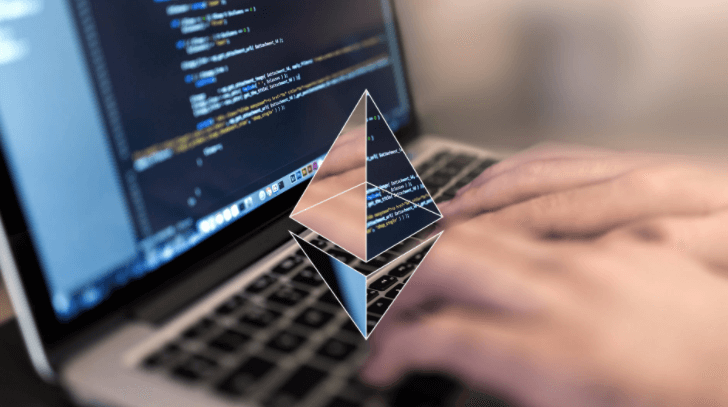Table of Contents
Interested in Ethereum Mining? This article is for you. If you need a quick refresher about what Ethereum is, check out our blog on cryptocurrencies.
What is Mining?

Before we delve deeper into Ethereum Mining, let us familiarize ourselves first with “Mining”. The purpose of mining may sound complicated at first, but there is no need to worry, because even first time traders will be able to have full grasp of what its main objective is. Read through this topic to find out.
Ethereum Mining is a computationally intensive work that requires a lot of processing power and time. It is the act of participating in a given peer distributed cryptocurrency network in concensus.
Traders must keep in mind that Ethereum Mining does not necessarily mean you are creating new bitcoins. Mining serves as a mechanism that allows the blockchain to be a decentralized security. What it does is it secures the bitcoin system and enables a system without a central authority.
The miner is later rewarded for providing solutions to challenging math problems. It is done by putting the computer’s hardware to use with mining applications. The process is validating new transactions and records them on the global ledger (blockchain).

The information on cryptocurrency transactions must be embedded in data blocks. Each of the block is linked internally to several other blocks. This creates the blockchain. These blocks must be analyzed as fast as possible to ensure a smooth running of transactions on the platform. However, the issuers of such currencies do not have the processing capabilities to handle this alone. This is where miners come in.
The structure containing transactions which is known as the “block” is mined every 10 minutes. The miners then compete to solve a complex mathematical problem based on cryptographic hash algorithm. Miners had a solution which they termed as the “Proof of Work”. This proves that the miner really spent a lot of time and effort to fix the problem. Once a “block” is solved, the transactions contained are then considered “confirmed”, and the bitcoin concerned in the transactions can be spent. You will notice that if you receive some bitcoin on your wallet, it will approximately take 10 minutes for your transaction to be confirmed.
Miner’s Perks and Rewards
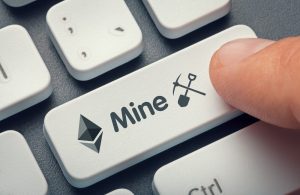
With the lengthy process of solving the complex mathematical problem, miners will reap their hard earned rewards in different forms. There are two types of rewards:
1. New bitcoins
The amount of bitcoins created decreases every four years. As of date, a newly created block creates 12.5 bitcoins and this number will keep decreasing until no more bitcoin will be issued.
2. Transaction fees
The winning miner can keep the change on the block’s transaction. When the amount of the bitcoin created with each of the block dwindles down, transaction fees received by the miner will increase.
ETHEREUM MINING
From the term itself, Ethereum Mining is the process of mining Ether. This is equivalent to securing the network which in turn ensures verified computation.
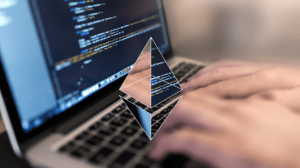
The only way to utilize Ethereum is with the product from mining, however, mining ETH means more than increasing the volume of Ether in the blockchain. It is quite necessary to secure the ETH network as it creates, verifies, publishes and propagates blocks in the blockchain.
The supply of Ether is limited. ETH’s overall amount and the network operations were pre-set in 2014. Not more than 18million worth of Ether gets issued yearly, which is about 25% of the first issue. This system was devised to reduce inflation.
The good thing about Ethereum mining is that it can be done in the comfort of your home. It requires good script writing and knowledge of the command prompt. You may use your personal computer to mine ETH, as long as the system has a Graphic Card (GPU) with at least 2GB of RAM. GPUs are actually far better than Central Processing Unit (CPU) as they are 200 times faster than CPUs when it comes to mining Ether.
You would have to invest a lot of time and resources if you are really serious with Ethereum mining. On the brighter side, once you get used to the techniques of mining, you will enjoy the fruits of your labor as more income is generated through Ether sale. You will need Ethereum mining calculators for the process.
A Step by Step Guide to Ethereum Mining
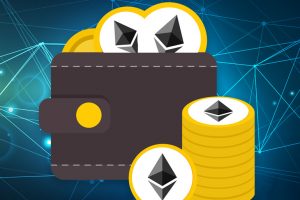
1. To start, you will have to download Geth – an application that will serve as a communication hub, linking you to the Ethereum platform while coordinating your setup and reporting any progress that requires action from you.
2. Next, unzip the file from Geth and transfer the file to the HDD. We recommend you use the C drive for this.
3. Then, you will need the Command Prompt to execute the installed application. Type in “CMD” on the search bar for Windows.
4. ‘C:\Users\Username\’ the username placeholder is the name of your computer and the usual display format by the command terminal. Locate Geth; type in ‘cd/’ into the command prompt terminal which will allow you to change directory.
5. Create an account by typing in ‘geth account new’ and press enter. The command terminal will display ‘C:\>geth account new.’ Fill in the needed information and remember your password.
6. Geth needs to be connected with the network. To do this, download the Ethereum’s blockchain and synchronize it with the global network.
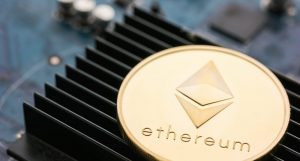
7. Next, you will need a mining software which will aid your GPU. Choose a mining software that would best work for you.
8. Type ‘cd cpp’, tab and enter key to go into the Ethereum mining software folder. To start mining with your GPU, type in ‘the name of your chosen mining software – G’ followed by the enter key.
9. You are now good to go!
The network of Ethereum is vastly maintained by computers and has an undeniable impact on the blockchain network. Profit from Ethereum mining can be too persuading to join the cryptocurrency bandwagon. To be able to succeed in mining, a trader must choose a good Ethereum Mining Pool. This will help you get more frequent payouts rather than only getting compensated when you solve an Ether block.

Here are some options that you can choose from:
1. Ethpool/Ethermine
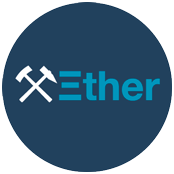
These are two different sites but appear to be basically the same pool. Ethpool and Ethermine are currently the largest Ether Mining Pool with about 25 % of the network’s hash rate. They have over 62,900 miners using the pool software.
2. DwarfPool
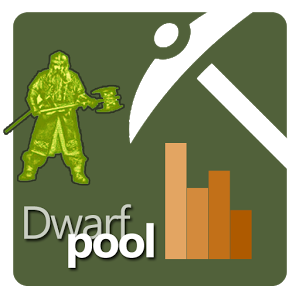
This is the third largest Ethereum mining pool with 13% of the network’s hash rate. You can mine a couple of other currencies like Dash and Monero. It charges a low fee of just 1% of the mining reward.
3. F2Pool
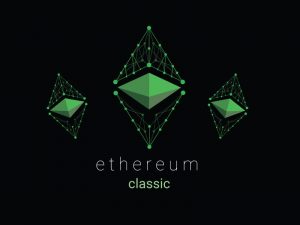
This mining pool is good for traders who can speak Chinese as it does not have any English translation. F2Pool being the the second largest mining pool, it changes a fee of 5% pay per share and uses stratum mining protocol. It offers daily payouts and a minimum withdrawal amount of 0.1ETH.
4. Coinotron
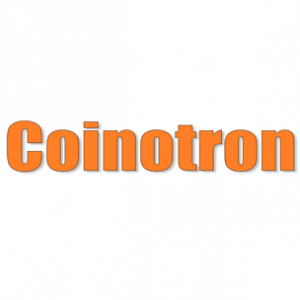
This is a special mining pool that prioritizes the security of the miners. The website is protected during the conduct of the mining activity.
5. Bitclub pool

This pool has zero mining fees. It is fast, free and easy. Bitclub offers to give away prices to miners.
6. EthFans
This is a Chinese pool with about 8.6 % of the network hash rate.
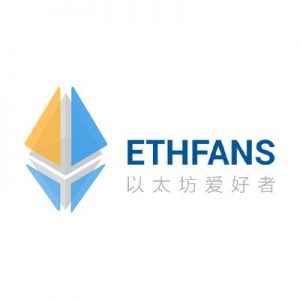
Once you’ve decided which mining pool to use, it’s time to set it up. You will need to get necessary GPUs, as many as possible. Get a motherboard and a power unit which can support all your GPUs at once. Check if everything is compatible and look out for their prices too.
Keep in mind that you will have to check on your location, strength of reception, availability and cost to determine the best Ethereum mining pool for you.
As we have always mentioned in our previous blog, it is up to trader whether or not the software or hardware will work for them.

